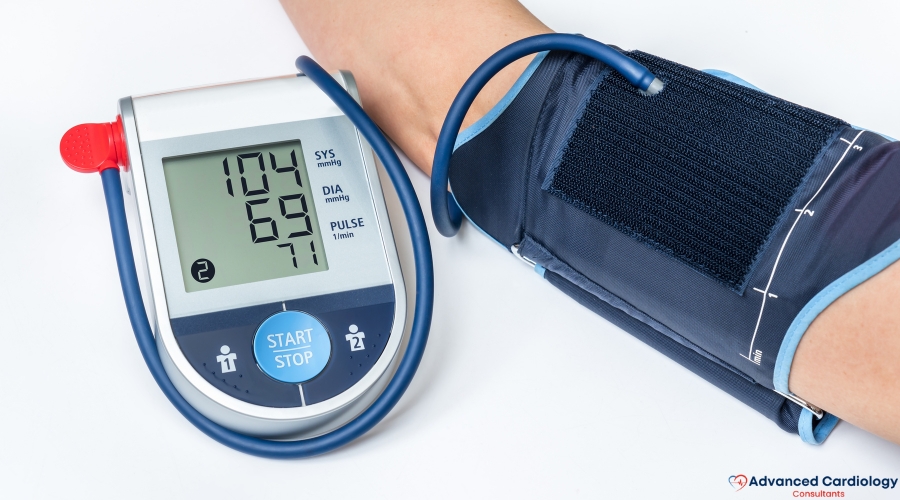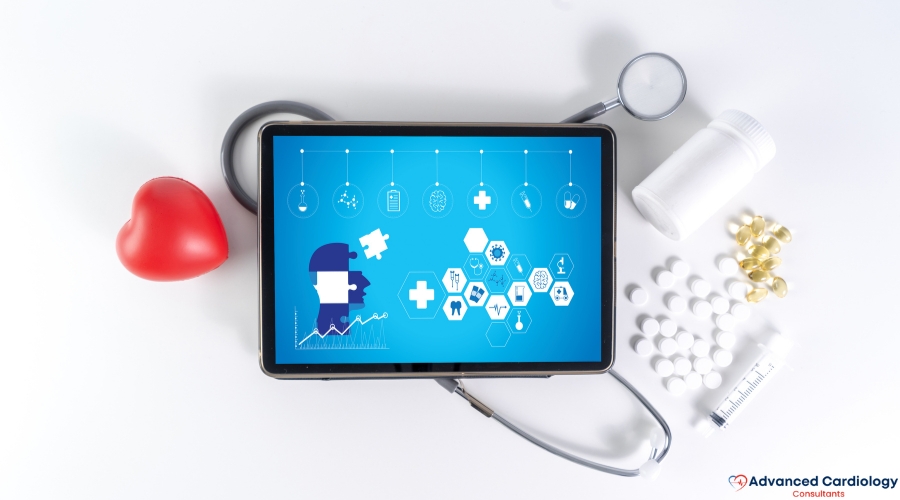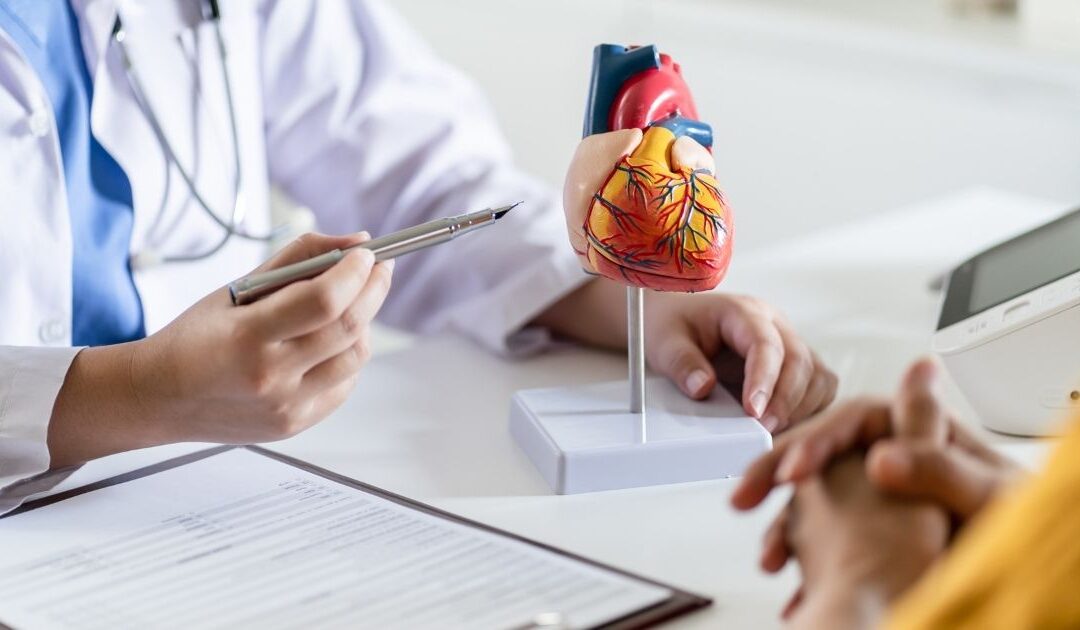Hypertension, more commonly known as low blood pressure, can often fly under the radar due to its generally subtle and sometimes even nonexistent symptoms. However, it’s an important health topic to understand as it can indicate underlying health conditions and impact daily life.
What is Low Blood Pressure?
Low blood pressure, also known as hypotension, occurs when your blood pressure reading is lower than normal. In most cases, a blood pressure reading of 90 millimeters of mercury (mm Hg) or 60 mm Hg is generally considered low blood pressure. The first number indicates the pressure in your arteries during the contraction of your heart muscle (systolic pressure). The second number represents the pressure in your arteries when your heart muscle is between beats (diastolic pressure).
Symptoms of low blood pressure
Symptoms of low blood pressure can include
- Dizziness or lightheadedness
- Fainting (syncope)
- Lack of concentration
- Blurred vision
- Nausea
- Fatigue
- Rapid, shallow breathing
- Thirst
In some people, especially those who are young and healthy, low blood pressure could be a normal baseline. For others, however, low blood pressure can be a sign of an underlying health issue, like heart problems, endocrine problems, severe infection, or nervous system disorders. Certain medications can also lead to low blood pressure.
What causes low blood pressure?
There can be many causes of low blood pressure, ranging from lifestyle choices to serious medical or surgical conditions. Here are some of the primary causes:
- Dehydration: When your body loses more water than it takes in, it can cause weakness, dizziness, and fatigue. Severe dehydration can lead to low blood pressure.
- Heart conditions: Some heart conditions that can lead to low blood pressure include extremely low heart rate (bradycardia), heart valve problems, heart attack, and heart failure.
- Endocrine problems: Thyroid conditions such as hypothyroidism or hyperthyroidism, adrenal insufficiency (Addison’s disease), low blood sugar (hypoglycemia), and in some cases, diabetes, can cause low blood pressure.
- Blood loss: Losing a lot of blood from a major injury or internal bleeding reduces the amount of blood in your body, leading to a severe drop in blood pressure.
- Severe infection (septicemia): When an infection in the body enters the bloodstream, it can lead to a life-threatening drop in blood pressure called septic shock.
- Pregnancy: Because a woman’s circulatory system expands rapidly during pregnancy, blood pressure is likely to drop. This is normal, and blood pressure usually returns to your pre-pregnancy level after you’ve given birth.
- Medications: Certain drugs can cause low blood pressure, including diuretics, beta blockers, some types of antidepressants, erectile dysfunction drugs, certain types of narcotics, and alcohol.
- Neural or autonomic disorders: Disorders of the nervous system like Parkinson’s disease, or conditions that can damage nerves in the autonomic nervous system, such as diabetes, can lead to low blood pressure.
- Nutritional deficiencies: A lack of some essential vitamins, such as B-12 and folate, can cause anemia, which in turn can lead to low blood pressure.
- Prolonged bed rest: In some cases, prolonged bed rest can cause orthostatic hypotension, which is a kind of low blood pressure that happens when you stand up after lying down.
How is low blood pressure treated?
Treatment for low blood pressure depends on the underlying cause. In many instances, if the cause is identified and treated, blood pressure returns to normal. However, if no cause can be determined or if the low blood pressure is not causing any symptoms, then treatment may not be necessary.
Here are some common approaches for managing low blood pressure:
1. Increase fluid and salt intake: This is one of the simplest ways to treat hypotension. Salt can increase blood pressure and fluids can prevent dehydration which can also cause low blood pressure. However, excessive salt can lead to heart failure, particularly in older adults, so it’s important to consult with a healthcare provider before increasing your salt intake.
2. Medications: There are several medications that can be used to raise blood pressure. Fludrocortisone and midodrine are two commonly used medications. Fludrocortisone is often used to help your body increase blood volume, which raises blood pressure, and midodrine helps narrow blood vessels, which raises blood pressure.
3. Compression stockings: The same kind of stockings used to relieve the pain and swelling of varicose veins can help reduce the pooling of blood in your legs and reduce the symptoms of orthostatic hypotension.
4. Lifestyle changes: Simple changes like avoiding alcohol, drinking plenty of water, rising slowly from sitting or lying positions, avoiding heavy lifting, and eating small, low-carbohydrate meals can help manage symptoms of low blood pressure.
5. Treat underlying conditions: If low blood pressure is the result of conditions such as infection or hormonal imbalance, treating these conditions may resolve the low blood pressure.
Conclusion
Remember, it’s crucial to consult with a healthcare provider to identify the cause of low blood pressure and determine the appropriate treatment. It’s also important to discuss any potential side effects of treatment, as these may outweigh the benefits of slightly increased blood pressure. Need consultation with our physician at Sugar Land, Katy or Houston area, please call at our office to confirm the appointment.





